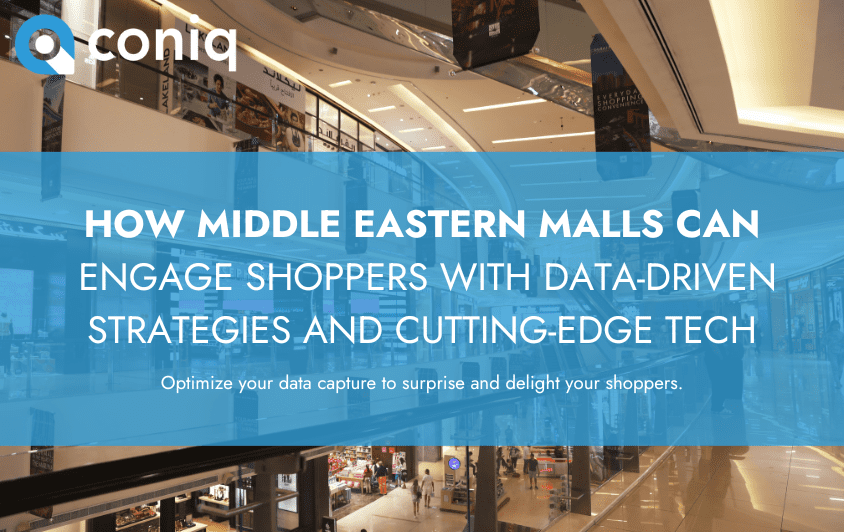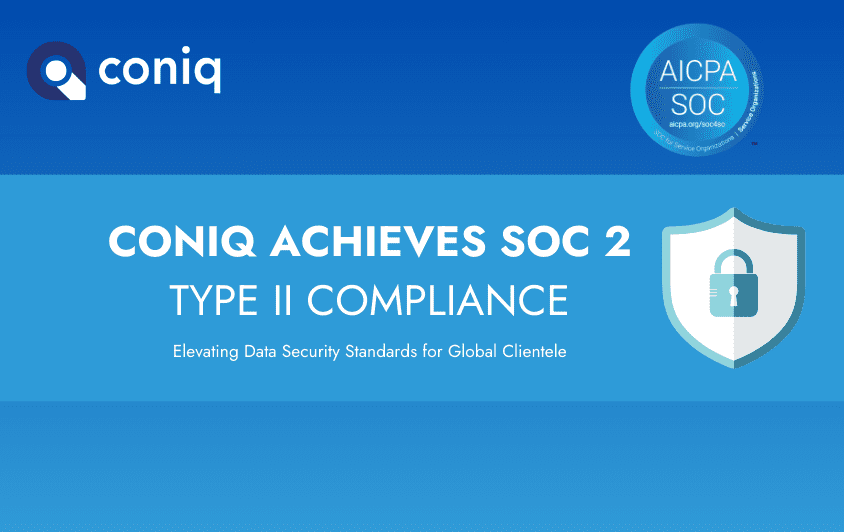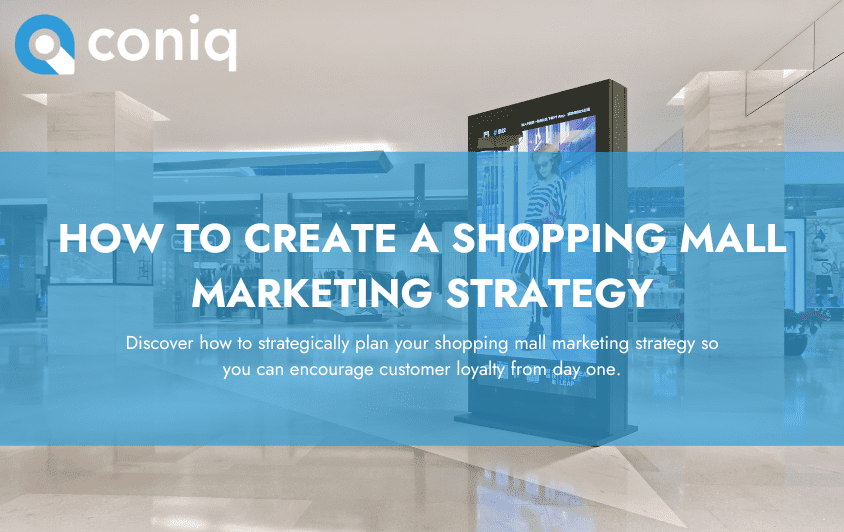Your customers are changing. Every customer has different shopping preferences. This may vary by retailer proximity, product type, price, time of day, etc. Understanding the different types of retail customers will enable you to place your shoppers into the correct customer profile and help your team identify where to target their marketing efforts and why.
What is a Customer Profile, and why is it Important?
Customer profiles are ‘customer types’ generated to represent the archetypal shoppers at your store or shopping center. There are four fundamental retail customer profiles: convenience shoppers, biggest fans/brand advocates, loyal customers, and disengaged customers.
Let’s take a deeper dive into the different personas of retail customers and how you can spot them according to their behavior:
The Convenience/Casual Shopper
Behavior:
Depending on your store’s or shopping mall’s location, many of your customers may consist of convenience shoppers. Convenience shoppers are customers who frequently shop at your retailer due to convenience factors. This includes the location, i.e., whether it’s close to work or home, and the ease of purchasing their desired items. These shoppers typically visit your store at a peak time of day that best suits their needs. For example, during the lunchtime rush.
Challenge:
This customer segment may not have loyalty to your store and might not be a member of your loyalty program. Switching jobs or moving houses may result in losing this customer whenever the convenience element is at risk. However, this doesn’t make the customer persona any less valuable. In fact, these customers present a unique opportunity to cement LTV through conversion and implementation of targeted strategies like a loyalty program.
Solution:
Achieving success within this customer profile will rely upon developing a clear understanding of the shoppers’ needs when they shop. It is important to supply products, promotions, and pack sizes that fit well with the needs of the retailer’s location. For example, suppose your store is close to the business district, and convenience shoppers are purchasing around lunch. In that case, you may want to place relevant advertisements at the entrance, send targeted messages at a specific time of day for anticipated lunchtime foot traffic, and more. This will result in your customer feeling recognized and driving brand loyalty.
The Biggest Fans/Brand advocates
Behavior:
The biggest fans are one of your database’s most valuable customer profiles. The biggest fans are just as useful as other stakeholders in spreading the good news about your company. These customers usually encourage customer acquisition through friends, family, and social media. They are effectively your walking, talking, and typing brand ambassadors. Their customer avocation results from consecutive positive shopping experiences with your company, an alignment with your company values, and the value you provide them every time they visit your retail store.
When we purchase a good or service that enhances our lives, we often share this experience with others, and in the age of social dominance, we will tweet the good and bad about this too. Gaining new customers is what drives an increase in revenue for your company, so having these people frequently advocate for the brand offline and online is critical.
Challenge:
The percentage of brand-loyal customers coming to shop at your store also reflects your brand value. Although it is much easier to drive sales through this type of customer, it can be harder to retain brand-loyal customers. This is because retailers may forget to demonstrate appreciation to customers in this profile due to their longstanding frequent visits to your store and therefore fail to provide extra reinforcements, including special offers or rewards. It is easy to analyze data and see frequent shopping as a positive result alone and therefore take no further action. Still, the right use of data should also be used to prevent any drops in spending or visits.
Solution:
Retailers often make the mistake of targeting new promotions, deals, and messages solely to new customers and, as a result, receive complaints or drops in visits. Your brand advocates should be among the first to be updated with new product launches and exciting campaigns. It has been reported that a sales contribution of more than 60% from brand advocate customers demonstrates contentment with the quality, price, and overall customer service of your retail business. Some of our clients offer unique rewards, including hands-free personal shopping experiences, to the customers within this customer profile. Incentives such as these strengthen the emotional connection between the retailer and customer, as customers now feel appreciated for spending more at your business.
According to Bond, members spend 27% more when the brand establishes a positive emotional connection. Retailers should consider such implementations to give special attention and ensure customers receive the best shopping experience every time they shop.
The Disengaged Customer
Behavior:
This customer profile is often the most challenging. The disengaged customers have usually shopped at your retailer at least once. They have no loyalties or ties to your store and, therefore, will shop at a few different retailers, potentially returning to your store once a year or never at all. Usually, the reason for remaining disengaged is due to a negative experience, the absence of relevant products, and targeting and moving on to an alternative retailer providing better value or a better experience.
Challenge:
The challenge here is conversion. A shocking 96% of unhappy customers don’t file a formal or verbal complaint. However, 91% will leave and never return to your mall or store. Once a customer disengages with your brand, it can be challenging to turn this around but not impossible.
Solution:
The solution is to make your shoppers feel heard and seen. Retailers need to curate an environment that encourages customers to be loyal to the brand through ups and downs. A seamless shopping experience encourages your customers to feel that their complaints will be listened to and solved. Customer experiences are enhanced after that, which is the key to driving, acquiring, and retaining customers.
The Loyal Shopper
Behavior:
Similar to brand advocates, this type of shopper is entirely loyal to your brand. They love your products, location, loyalty program, and everything in between. This shopper shops frequently at your retailer, increases spend each time, uses the targeted deals and promotions, and accumulates points within your loyalty program. The loyal shopper may have been through each stage of the above profiles before becoming a loyal shopper. The difference between the brand advocate and the loyal shopper is that loyal shoppers have often had good and bad experiences with you. However, the solution has been satisfactory enough for this customer to return, spend more, and have better experiences due to feeling recognized through your loyalty program rewards and marketing efforts.
Challenge:
The challenge here is always customer retention, with evolving customer experiences through global challenges and modernizations of the way people shop, including the introduction of new technology into stores and the ease of online shopping – it is important to utilize key data to keep up-to-date with how your loyal customers are changing so you can change with them.
Solution:
Using outdated methods that have retained this loyal customer database two years ago will not work in two years. To avoid customer fatigue, it is important to refresh your loyalty programs and analyze your customer data frequently to keep your customers coming back and being excited about your brand.
The Takeaway
Using the profiles listed above, identify the percentage of each type of customer profile in your database, analyze your data, and develop a targeted strategy to help customers return and keep your loyal customers coming back.
Here are 3 key questions to ask your business:
- What is loyalty defined for your store?
- Which customer profile do your shoppers fall into, and what percentage of customers fit where?
- What strategies can you take to influence their loyalty to your store?
To increase customer loyalty, you need to know your shoppers. With a mix of the right data and careful analysis of your customers, you can increase your customer acquisition and retention starting now.






